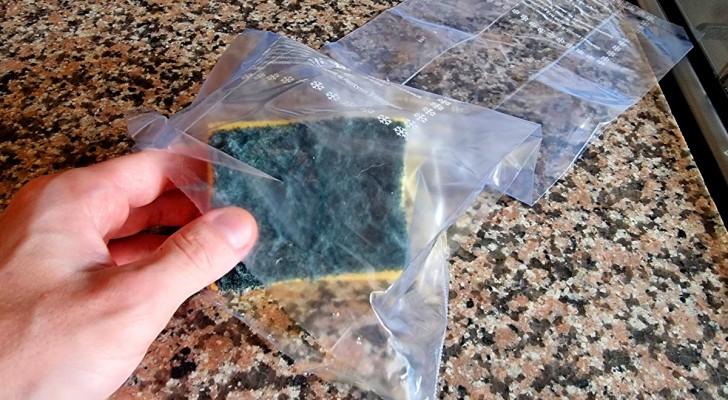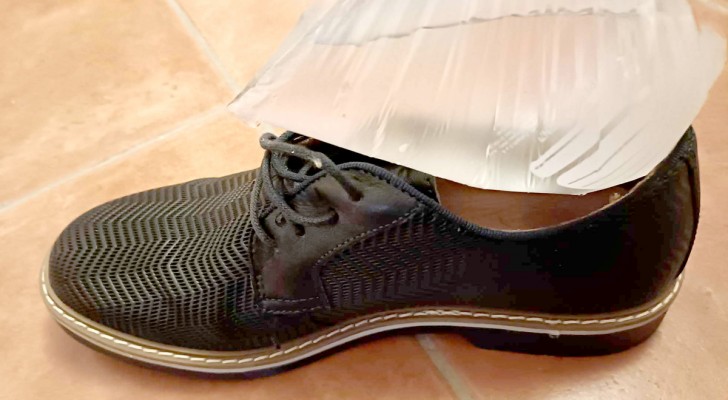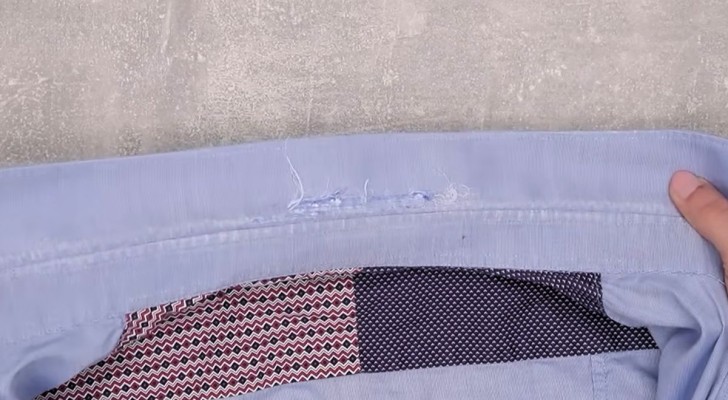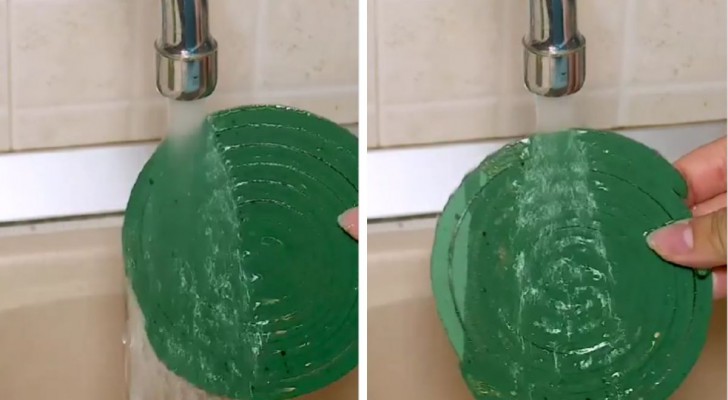No more lint on wool scarves: use these great tips

A warm and soft scarf to wrap around the neck on the coldest winter days to protect us from the cold is an essential accessory - along with hats, shawls or woolen gloves. All these garments are generally considered delicate, and therefore must be treated with particular care especially at the time of washing, so as not to damage the fibers and keep them in the best possible condition for as long as possible.
Furthermore, taking care of them in the right way prevents the formation of lint, (also known as the so-called phenomenon of "pilling"), which always ruins the appearance of woolen garments, making them look more worn and older than they actually are.
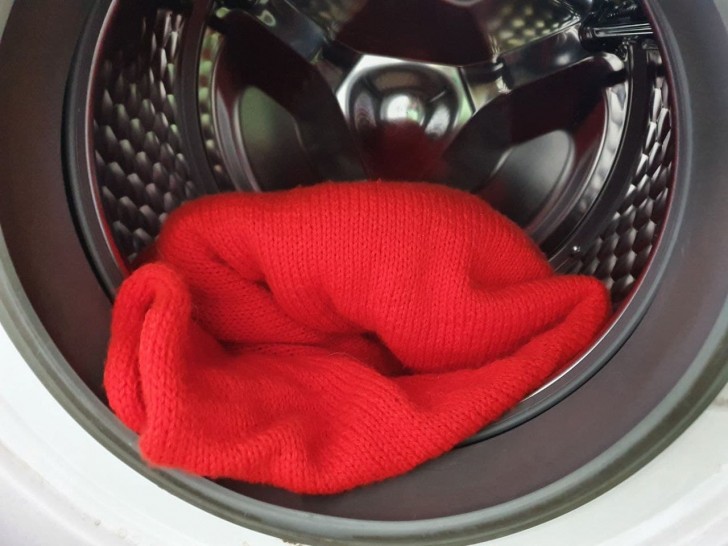
Creativo
Lint is nothing more than tiny fibers of fabric that separate from the edges of the various clothes washed in the washing machine, and which end up adhering to the surface of other garments (or on the surface of the original garment). But what can we do to avoid this phenomenon? Generally it is recommended, among other things, to wash the clothes inside out, but with scarves this is impossible, so try adhere to these guidelines:
- Do not overload the washing machine drum: the rubbing of fabrics together causes a lot more lint. You could also try to use perforated bags for washing delicate garments, if you have ones that are large enough.
- Select a gentle washing cycle: there are special cycles for wool or washes that emulate those washes done by hand. In any case, it is necessary to try to reduce the number of spin revolutions, and perhaps even space out the washes for the most at-risk garments as much as possible.
- Whenever possible, hand wash the most delicate and lint-prone garments: scarves, after all, hardly get as dirty as other garments, and you just really need to freshen them up a little with an occasional wash, perhaps to eliminate the odors they soak up and regenerate their fibers a little with specific products. So, in a little water at a maximum of 30°C (preferably 20°C) and mild soap, and can soak your wool items for half an hour. When it is time to rinse, avoid wringing or rubbing the garment: you just need to gently press down on the wool to let the water run out.
- Use some products reduce lint production: often these are used in a pre-wash phase, and help to restructure the fibers of the wool.
Your favorite scarves are worth taking care of a little, don't you think?

